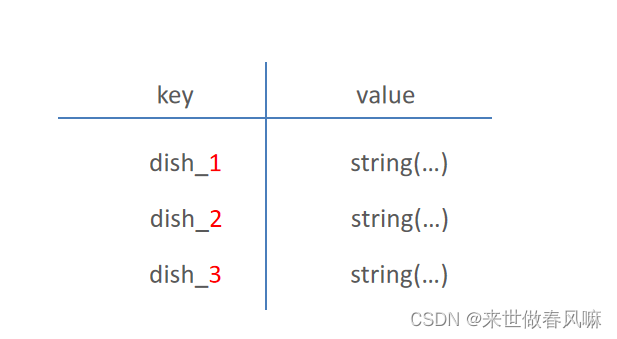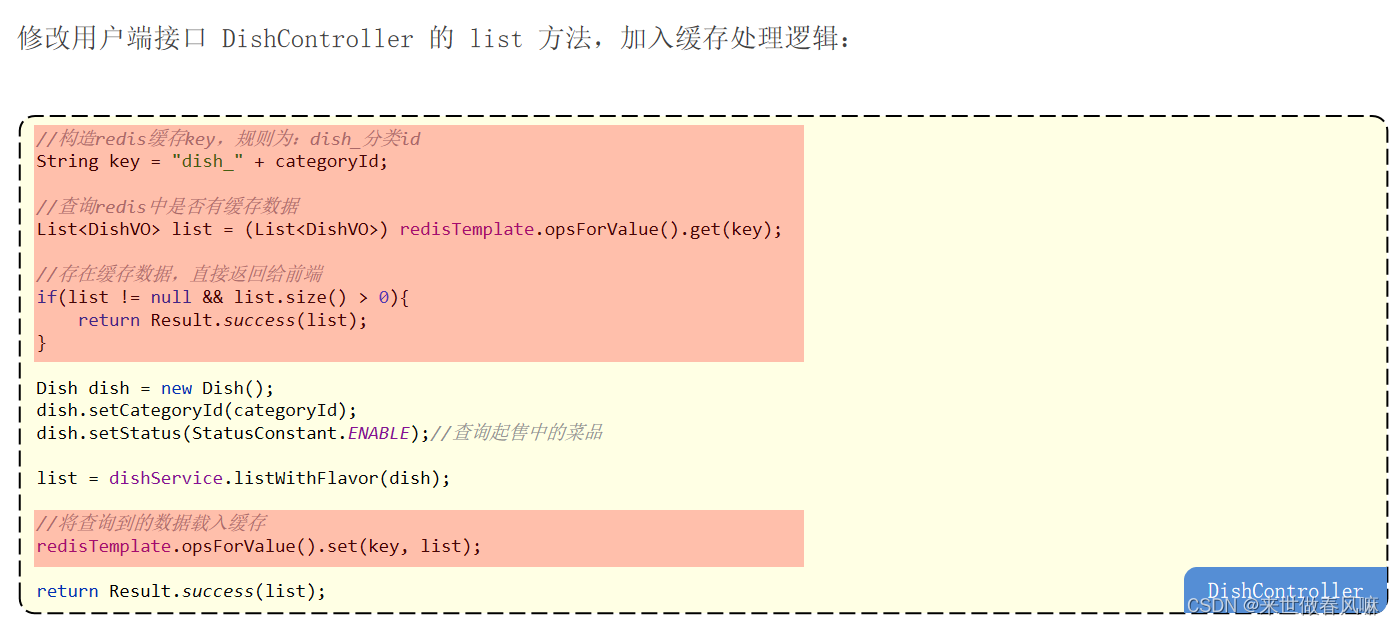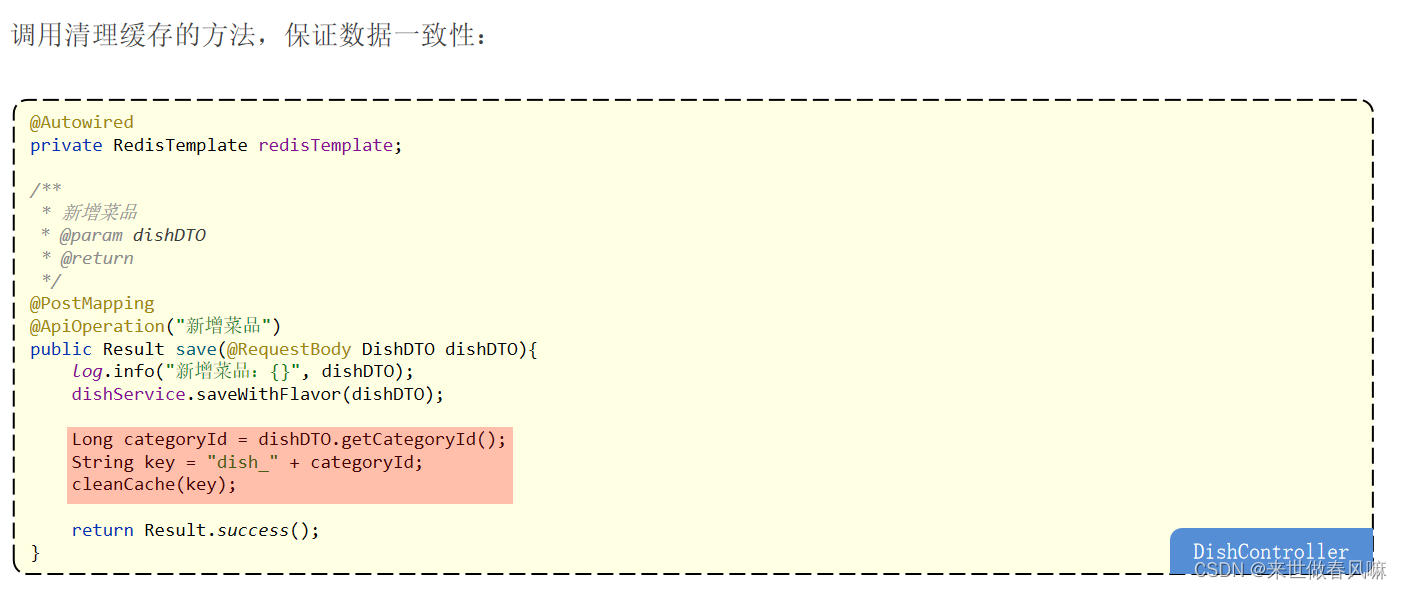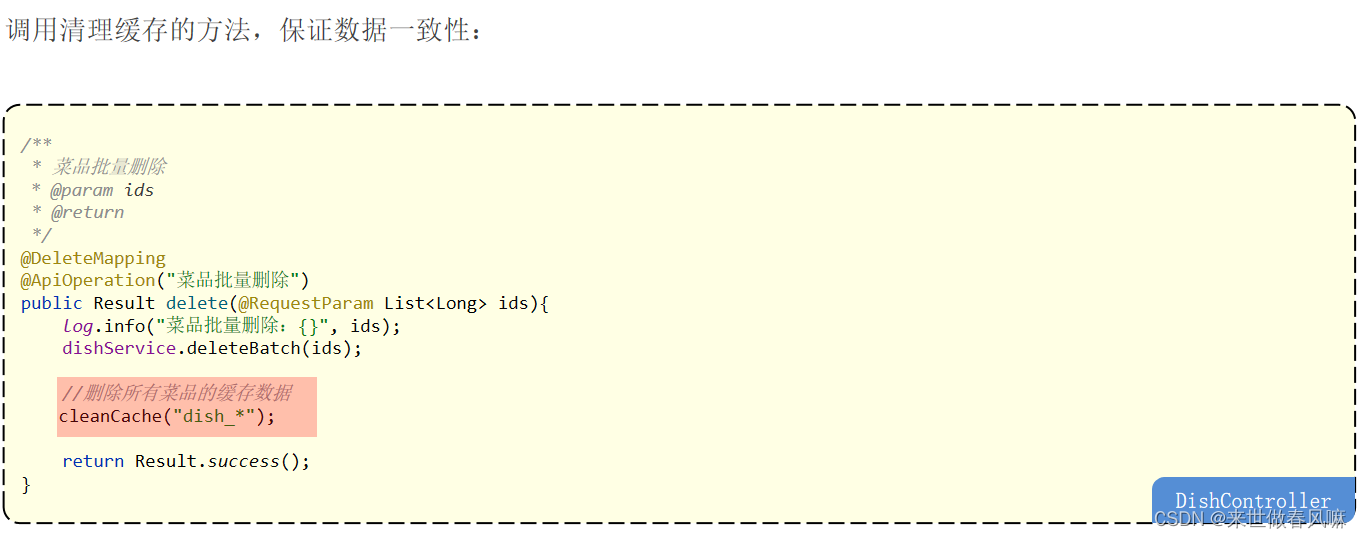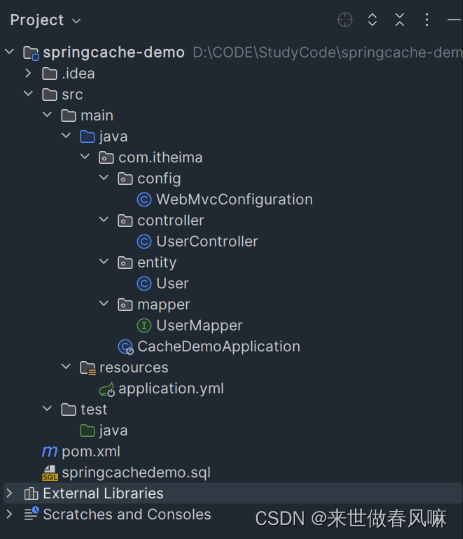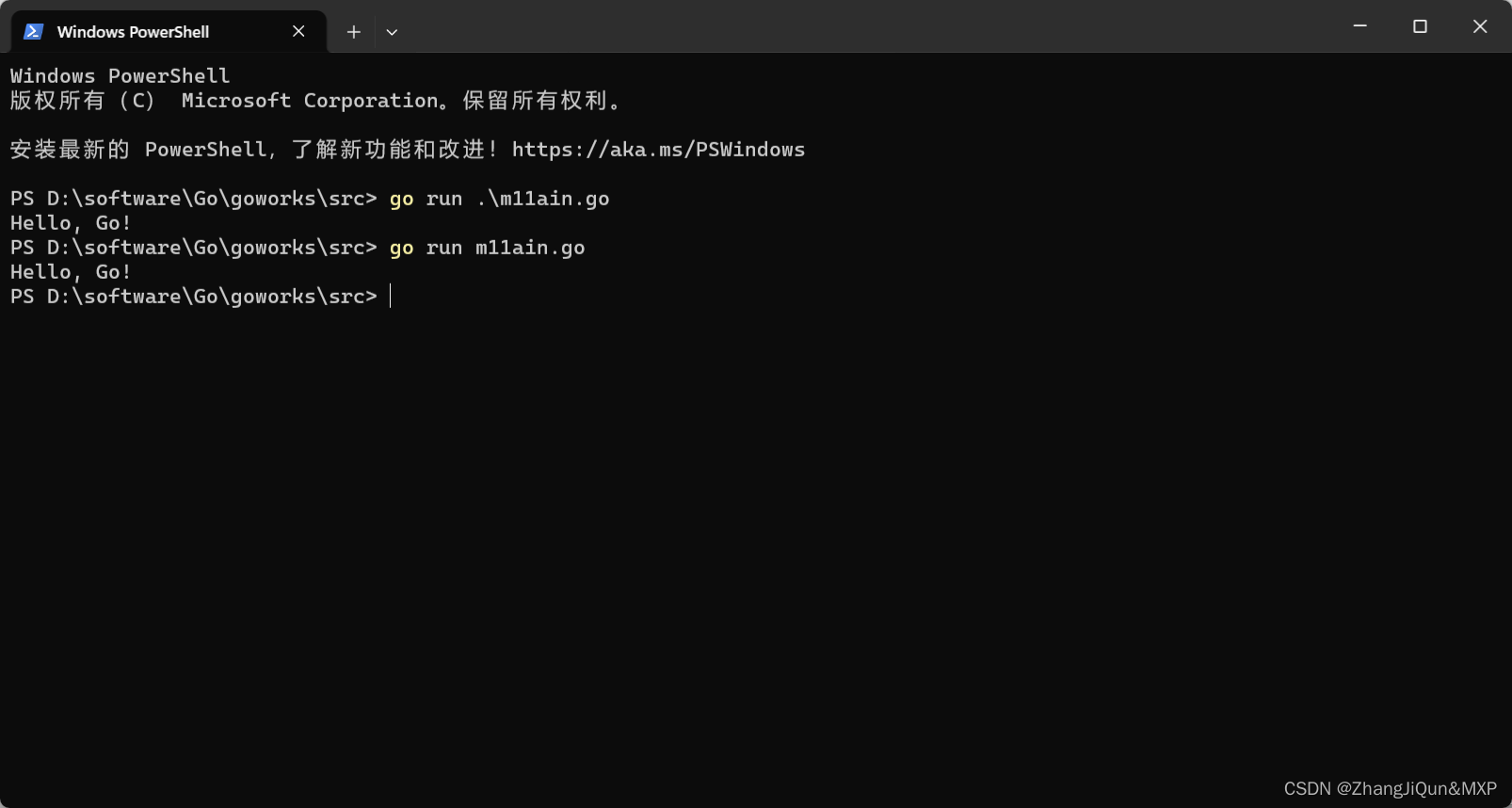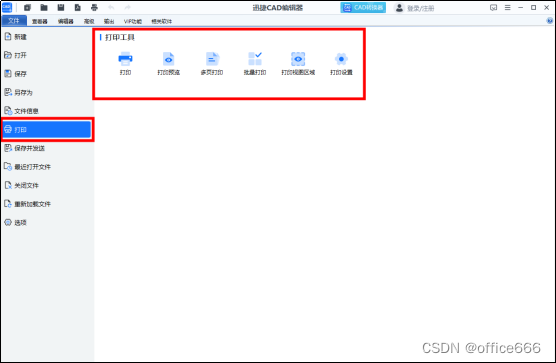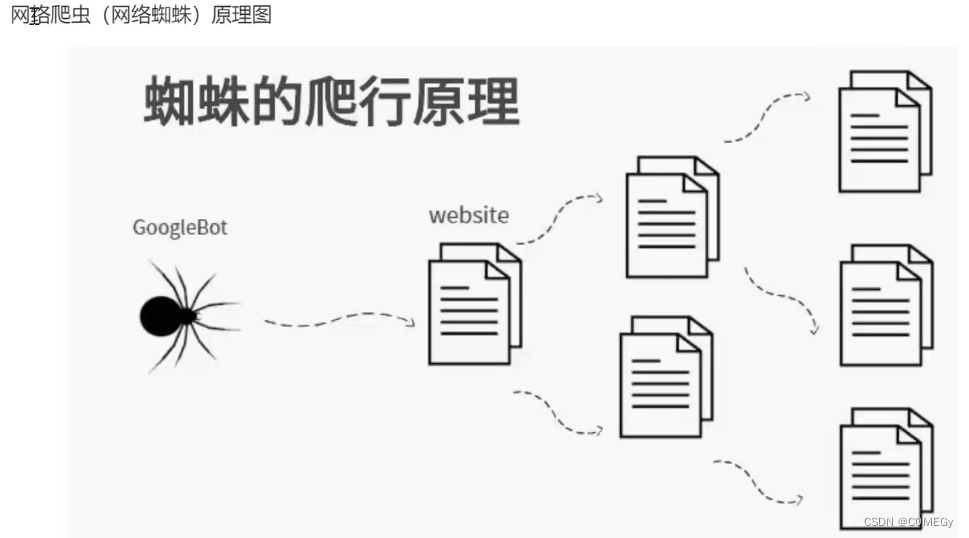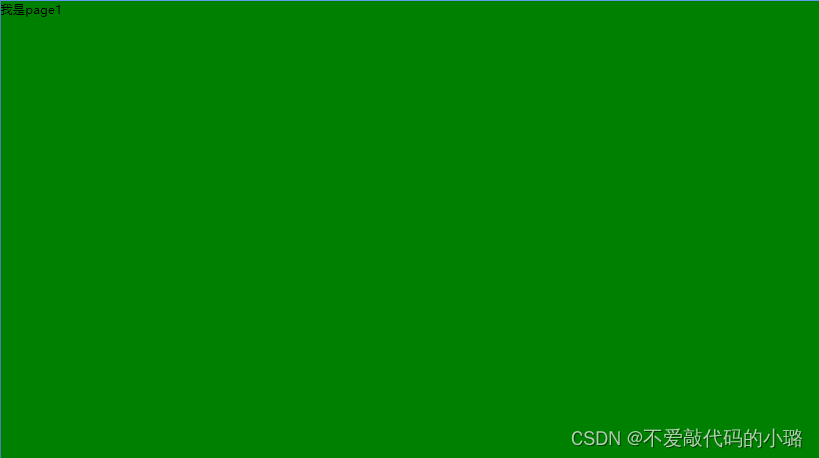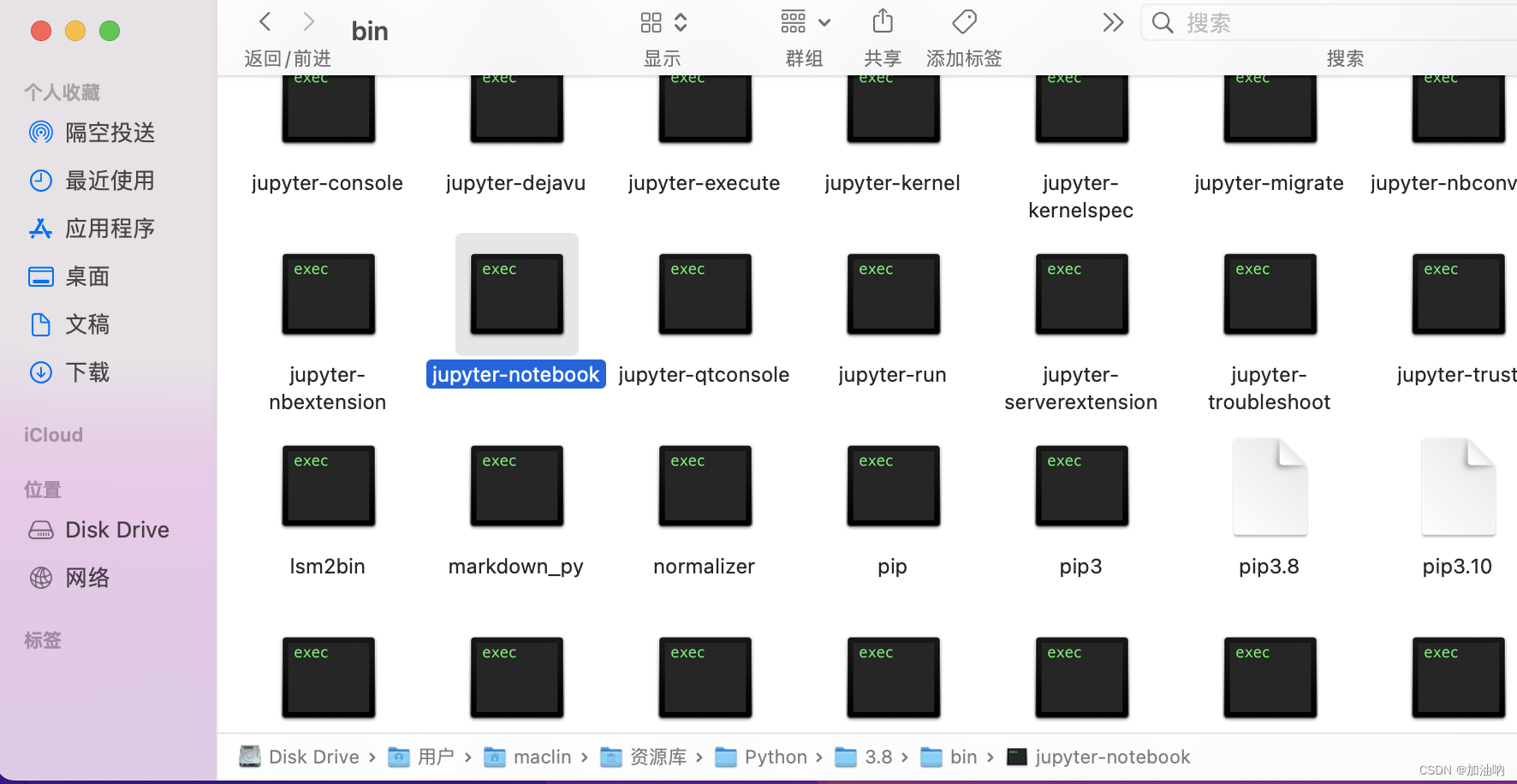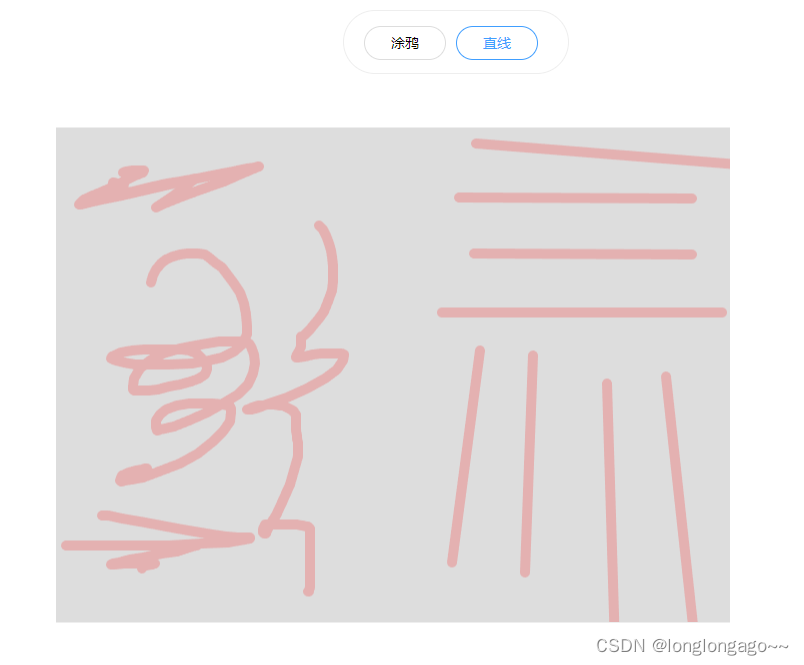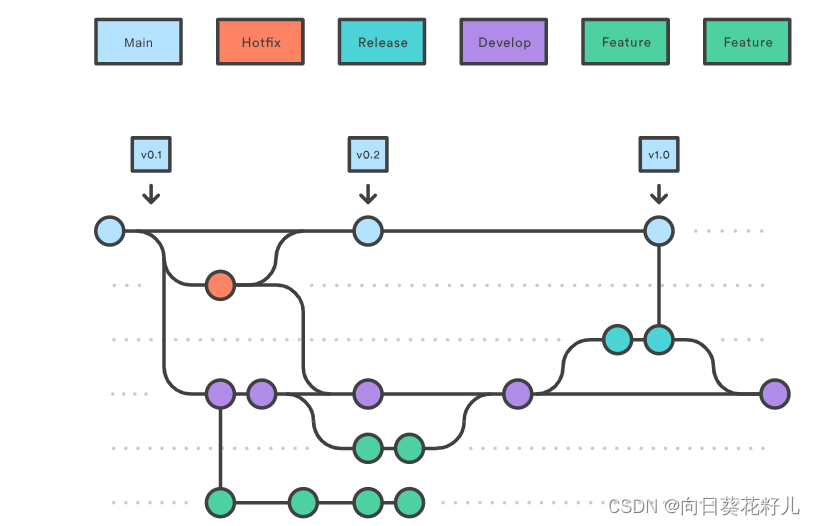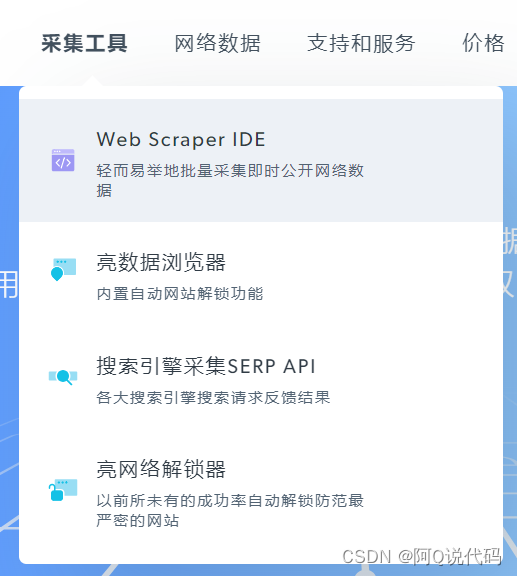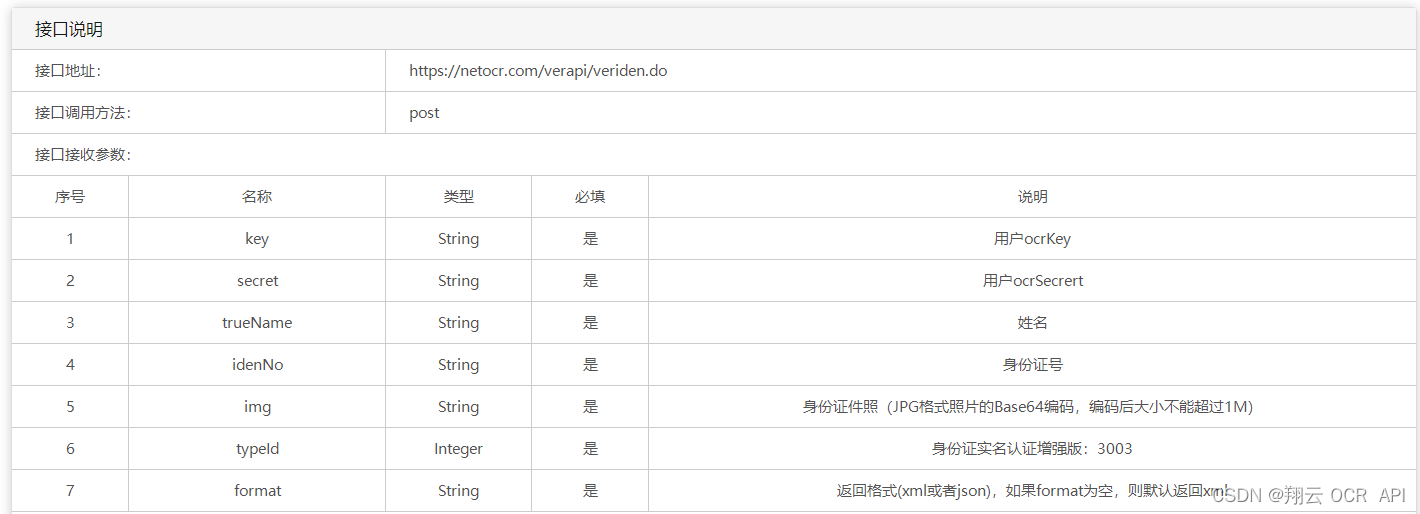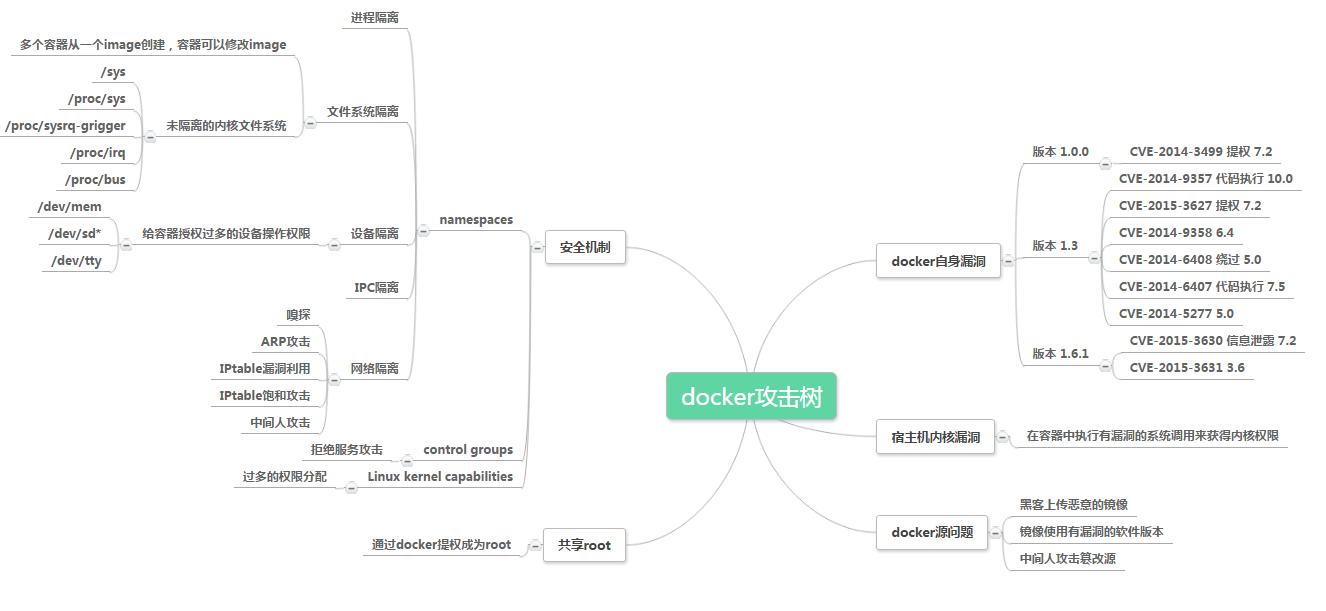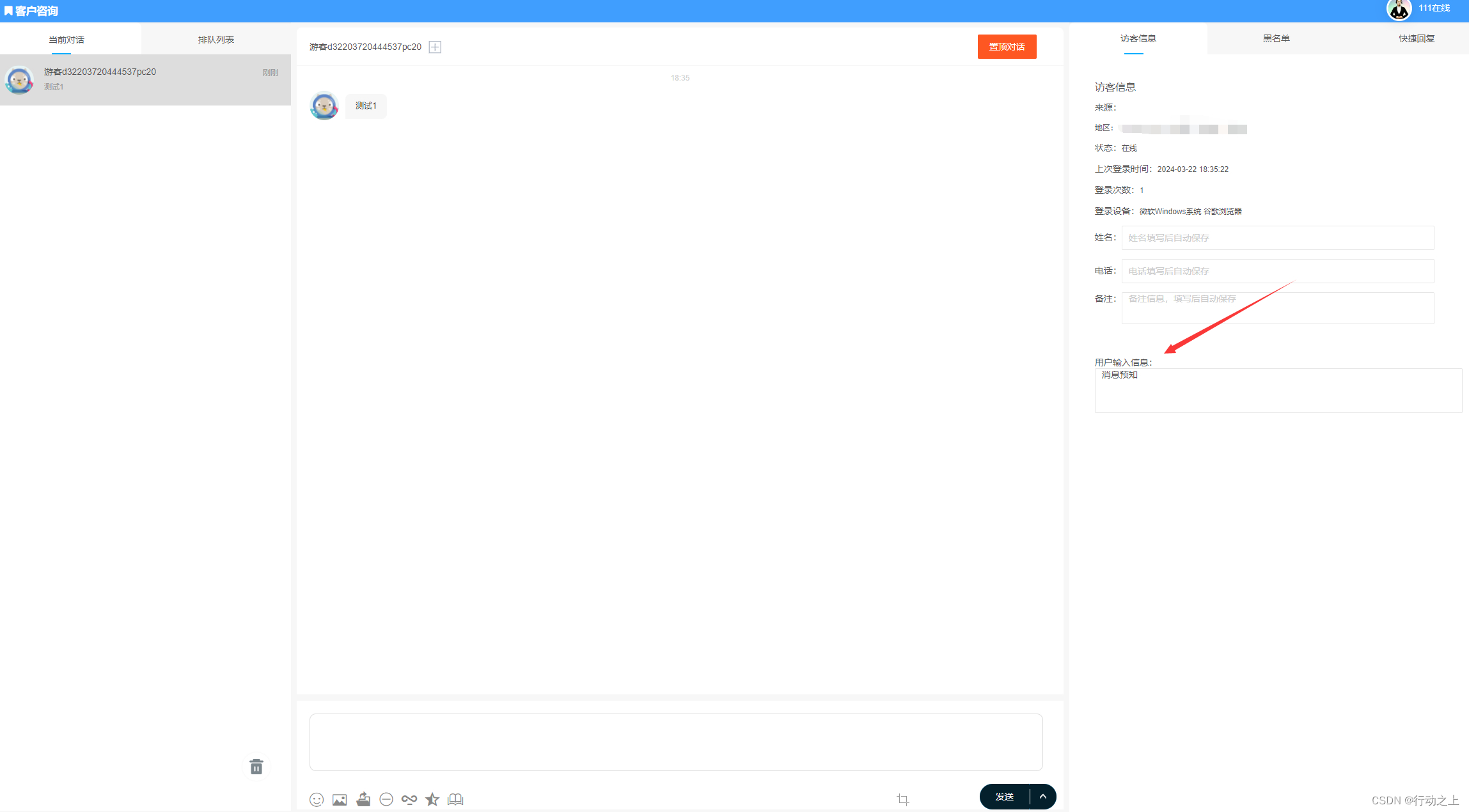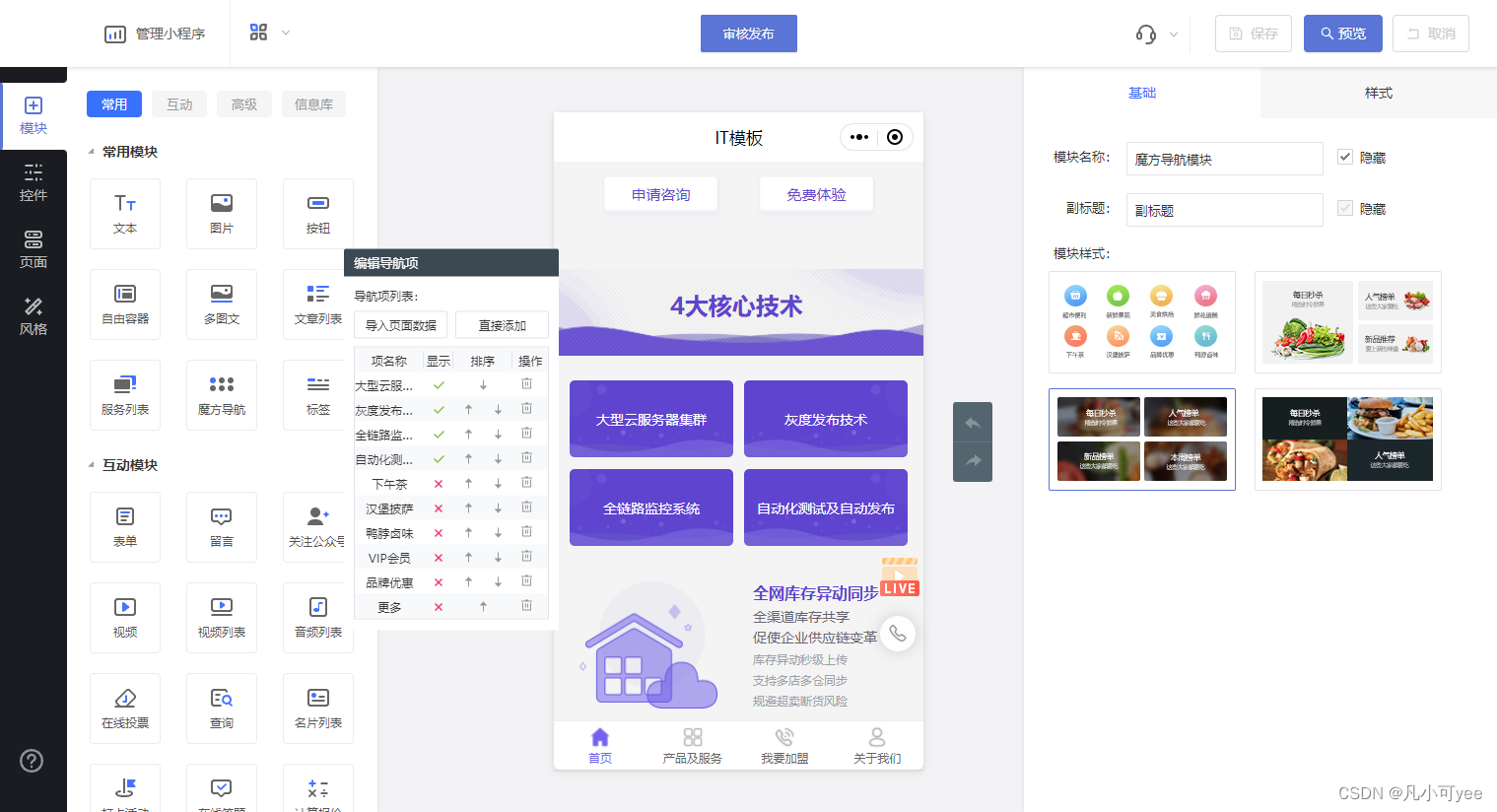1. 缓存菜品
1.1 问题说明
用户端小程序展示的菜品数据都是通过查询数据库获得,如果用户端访问量比较大,数据库访问压力随之增大。
结果: 系统响应慢、用户体验差
1.2 实现思路
通过Redis来缓存菜品数据,减少数据库查询操作。
缓存逻辑分析:
- 每个分类下的菜品保存一份缓存数据
- 数据库中菜品数据有变更时清理缓存数据
1.3 代码开发
修改用户端接口 DishController 的 list 方法,加入缓存处理逻辑:
为了保证数据库和Redis中的数据保持一致,修改管理端接口 DishController 的相关方法,加入清理缓存逻辑。
需要改造的方法:
- 新增菜品
- 修改菜品
- 批量删除菜品
- 起售、停售菜品
2. 缓存套餐
2.1 Spring Cache
2.1.1 介绍
Spring Cache 是一个框架,实现了基于注解的缓存功能,只需要简单地加一个注解,就能实现缓存功能。
Spring Cache 提供了一层抽象,底层可以切换不同的缓存实现,例如:
- EHCache
- Caffeine
- Redis(常用)
起步依赖:
<dependency>
<groupId>org.springframework.boot</groupId>
<artifactId>spring-boot-starter-cache</artifactId> <version>2.7.3</version>
</dependency>
2.1.2 常用注解
在 SpringCache 中提供了很多缓存操作的注解,常见的是以下的几个:
| 注解 | 说明 |
|---|---|
| @EnableCaching | 开启缓存注解功能,通常加在启动类上 |
| @Cacheable | 在方法执行前先查询缓存中是否有数据,如果有数据,则直接返回缓存数据;如果没有缓存数据,调用方法并将方法返回值放到缓存中 |
| @CachePut | 将方法的返回值放到缓存中 |
| @CacheEvict | 将一条或多条数据从缓存中删除 |
在spring boot项目中,使用缓存技术只需在项目中导入相关缓存技术的依赖包,并在启动类上使用@EnableCaching开启缓存支持即可。
例如,使用Redis作为缓存技术,只需要导入Spring data Redis的maven坐标即可。
2.1.3 入门案例
1). 环境准备
导入基础工程: 底层已使用 Redis 缓存实现
基础环境的代码,在我们今天的资料中已经准备好了, 大家只需要将这个工程导入进来就可以了。导入进来的工程结构如下:
数据库准备:
创建名为spring_cache_demo数据库,将springcachedemo.sql脚本直接导入数据库中。
引导类上加@EnableCaching:
package com.itheima;
import lombok.extern.slf4j.Slf4j;
import org.springframework.boot.SpringApplication;
import org.springframework.boot.autoconfigure.SpringBootApplication;
import org.springframework.cache.annotation.EnableCaching;
@Slf4j
@SpringBootApplication
@EnableCaching//开启缓存注解功能
public class CacheDemoApplication {
public static void main(String[] args) {
SpringApplication.run(CacheDemoApplication.class,args);
log.info("项目启动成功...");
}
}
2). @CachePut注解
@CachePut 说明:
- 作用: 将方法返回值,放入缓存
- value: 缓存的名称, 每个缓存名称下面可以有很多key
- key: 缓存的key ----------> 支持Spring的表达式语言SPEL语法
在save方法上加注解@CachePut
当前 UserController 的 save 方法是用来保存用户信息的,我们希望在该用户信息保存到数据库的同时,也往缓存中缓存一份数据,我们可以在 save 方法上加上注解 @CachePut,用法如下:
/**
* CachePut:将方法返回值放入缓存
* value:缓存的名称,每个缓存名称下面可以有多个key
* key:缓存的key
*/
@PostMapping
@CachePut(value = "userCache", key = "#user.id")//key的生成:userCache::1
// @CachePut(value = "userCache", key = "#result.id")//对象导航
// @CachePut(value = "userCache", key = "#p0.id")//p0,第一个参数;p1,第二个参数
// @CachePut(value = "userCache", key = "#a0.id")//a0,第一个参数;a1,第二个参数
// @CachePut(value = "userCache", key = "#root.args[0].id")//root.args[0],第一个参数
public User save(@RequestBody User user){
userMapper.insert(user);
return user;
}
说明: key的写法如下
- #user.id : #user指的是方法形参的名称, id指的是user的id属性 , 也就是使用user的id属性作为key ;
- #result.id : #result代表方法返回值,该表达式 代表以返回对象的id属性作为key ;
- #p0.id:#p0指的是方法中的第一个参数,id指的是第一个参数的id属性,也就是使用第一个参数的id属性作为key ;
- #a0.id:#a0指的是方法中的第一个参数,id指的是第一个参数的id属性,也就是使用第一个参数的id属性作为key ;
- #root.args[0].id:#root.args[0]指的是方法中的第一个参数,id指的是第一个参数的id属性,也就是使用第一个参数的id属性作为key ;
启动服务,通过swagger接口文档测试,访问UserController的save()方法
3). @Cacheable注解
@Cacheable 说明:
- 作用: 在方法执行前,spring先查看缓存中是否有数据,如果有数据,则直接返回缓存数据;若没有数据,调用方法并将方法返回值放到缓存中
- value: 缓存的名称,每个缓存名称下面可以有多个key
- key: 缓存的key ----------> 支持Spring的表达式语言SPEL语法
在getById上加注解@Cacheable
/**
* Cacheable:在方法执行前spring先查看缓存中是否有数据,如果有数据,则直接返回缓存数据;若没有数据, *调用方法并将方法返回值放到缓存中
* value:缓存的名称,每个缓存名称下面可以有多个key
* key:缓存的key
*/
@GetMapping
@Cacheable(cacheNames = "userCache",key="#id")
public User getById(Long id){
User user = userMapper.getById(id);
return user;
}
重启服务,通过swagger接口文档测试,访问UserController的getById()方法
第一次访问,会请求我们controller的方法,查询数据库。后面再查询相同的id,就直接从Redis中查询数据,不用再查询数据库了,就说明缓存生效了。
4). @CacheEvict注解
@CacheEvict 说明:
- 作用: 清理指定缓存
- value: 缓存的名称,每个缓存名称下面可以有多个key
- key: 缓存的key ----------> 支持Spring的表达式语言SPEL语法
在 delete 方法上加注解@CacheEvict
@DeleteMapping
@CacheEvict(cacheNames = "userCache",key = "#id")//删除某个key对应的缓存数据
public void deleteById(Long id){
userMapper.deleteById(id);
}
@DeleteMapping("/delAll")
@CacheEvict(cacheNames = "userCache",allEntries = true)//删除userCache下所有的缓存数据
public void deleteAll(){
userMapper.deleteAll();
}
重启服务,通过swagger接口文档测试,访问UserController的deleteAll()方法
2.2 实现思路
实现步骤:
- 导入Spring Cache和Redis相关maven坐标
- 在启动类上加入@EnableCaching注解,开启缓存注解功能
- 在用户端接口SetmealController的 list 方法上加入@Cacheable注解
- 在管理端接口SetmealController的 save、delete、update、startOrStop等方法上加入CacheEvict注解
2.3 代码开发
1). 导入Spring Cache和Redis相关maven坐标(已实现)
<dependency>
<groupId>org.springframework.boot</groupId>
<artifactId>spring-boot-starter-data-redis</artifactId>
</dependency>
<dependency>
<groupId>org.springframework.boot</groupId>
<artifactId>spring-boot-starter-cache</artifactId>
</dependency>
2). 在启动类上加入@EnableCaching注解,开启缓存注解功能
package com.sky;
import lombok.extern.slf4j.Slf4j;
import org.springframework.boot.SpringApplication;
import org.springframework.boot.autoconfigure.SpringBootApplication;
import org.springframework.cache.annotation.EnableCaching;
import org.springframework.transaction.annotation.EnableTransactionManagement;
@SpringBootApplication
@EnableTransactionManagement //开启注解方式的事务管理
@Slf4j
@EnableCaching
public class SkyApplication {
public static void main(String[] args) {
SpringApplication.run(SkyApplication.class, args);
log.info("server started");
}
}
3). 在用户端接口SetmealController的 list 方法上加入@Cacheable注解
/**
* 条件查询
*
* @param categoryId
* @return
*/
@GetMapping("/list")
@ApiOperation("根据分类id查询套餐")
@Cacheable(cacheNames = "setmealCache",key = "#categoryId") //key: setmealCache::100
public Result<List<Setmeal>> list(Long categoryId) {
Setmeal setmeal = new Setmeal();
setmeal.setCategoryId(categoryId);
setmeal.setStatus(StatusConstant.ENABLE);
List<Setmeal> list = setmealService.list(setmeal);
return Result.success(list);
}
4). 在管理端接口SetmealController的 save、delete、update、startOrStop等方法上加入CacheEvict注解
/**
* 新增套餐
*
* @param setmealDTO
* @return
*/
@PostMapping
@ApiOperation("新增套餐")
@CacheEvict(cacheNames = "setmealCache",key = "#setmealDTO.categoryId")//key: setmealCache::100
public Result save(@RequestBody SetmealDTO setmealDTO) {
setmealService.saveWithDish(setmealDTO);
return Result.success();
}
/**
* 批量删除套餐
*
* @param ids
* @return
*/
@DeleteMapping
@ApiOperation("批量删除套餐")
@CacheEvict(cacheNames = "setmealCache",allEntries = true)
public Result delete(@RequestParam List<Long> ids) {
setmealService.deleteBatch(ids);
return Result.success();
}
/**
* 修改套餐
*
* @param setmealDTO
* @return
*/
@PutMapping
@ApiOperation("修改套餐")
@CacheEvict(cacheNames = "setmealCache",allEntries = true)
public Result update(@RequestBody SetmealDTO setmealDTO) {
setmealService.update(setmealDTO);
return Result.success();
}
/**
* 套餐起售停售
*
* @param status
* @param id
* @return
*/
@PostMapping("/status/{status}")
@ApiOperation("套餐起售停售")
@CacheEvict(cacheNames = "setmealCache",allEntries = true)
public Result startOrStop(@PathVariable Integer status, Long id) {
setmealService.startOrStop(status, id);
return Result.success();
}
3. 添加购物车
3.1 需求分析和设计
用户的购物车数据,也是需要保存在数据库中的,购物车对应的数据表为 shopping_cart 表,具体表结构如下:
| 字段名 | 数据类型 | 说明 | 备注 |
|---|---|---|---|
| id | bigint | 主键 | 自增 |
| name | varchar(32) | 商品名称 | 冗余字段 |
| image | varchar(255) | 商品图片路径 | 冗余字段 |
| user_id | bigint | 用户id | 逻辑外键 |
| dish_id | bigint | 菜品id | 逻辑外键 |
| setmeal_id | bigint | 套餐id | 逻辑外键 |
| dish_flavor | varchar(50) | 菜品口味 | |
| number | int | 商品数量 | |
| amount | decimal(10,2) | 商品单价 | 冗余字段 |
| create_time | datetime | 创建时间 |
说明:
- 购物车数据是关联用户的,在表结构中,我们需要记录,每一个用户的购物车数据是哪些
- 菜品列表展示出来的既有套餐,又有菜品,如果用户选择的是套餐,就保存套餐ID(setmeal_id),如果用户选择的是菜品,就保存菜品ID(dish_id)
- 对同一个菜品/套餐,如果选择多份不需要添加多条记录,增加数量number即可
3.2 代码开发

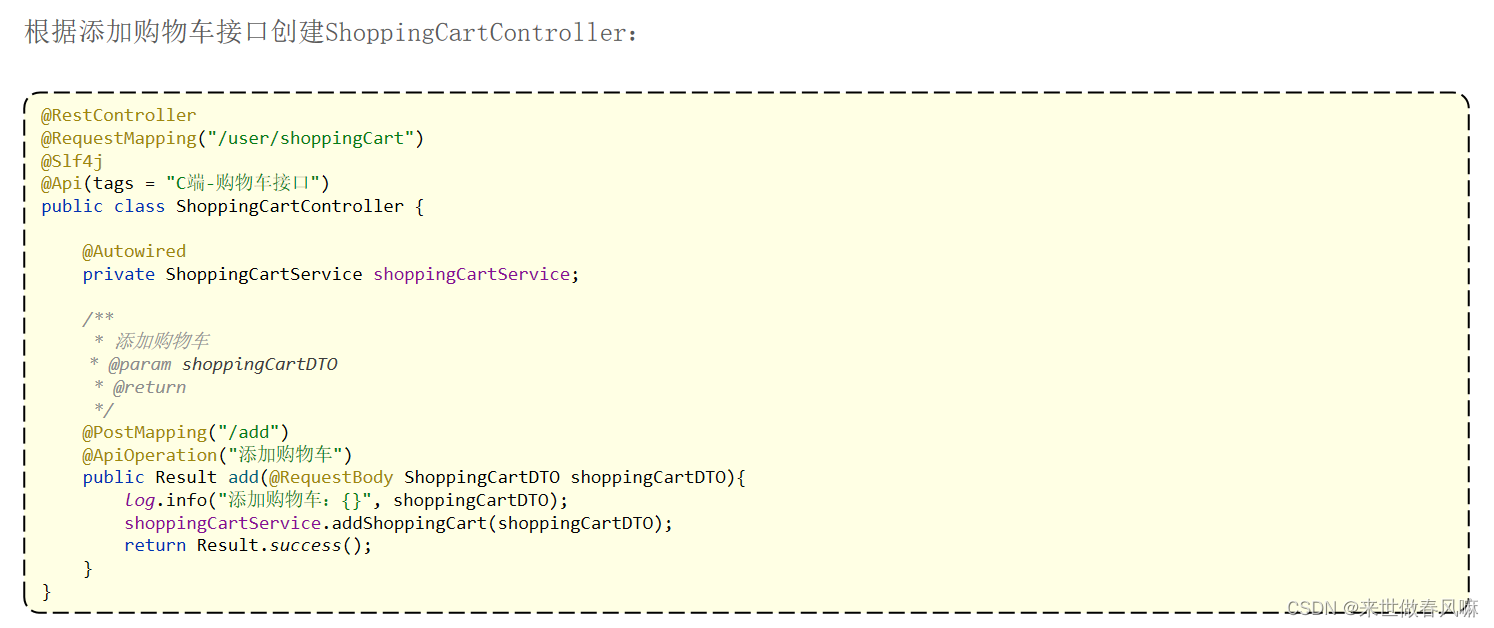

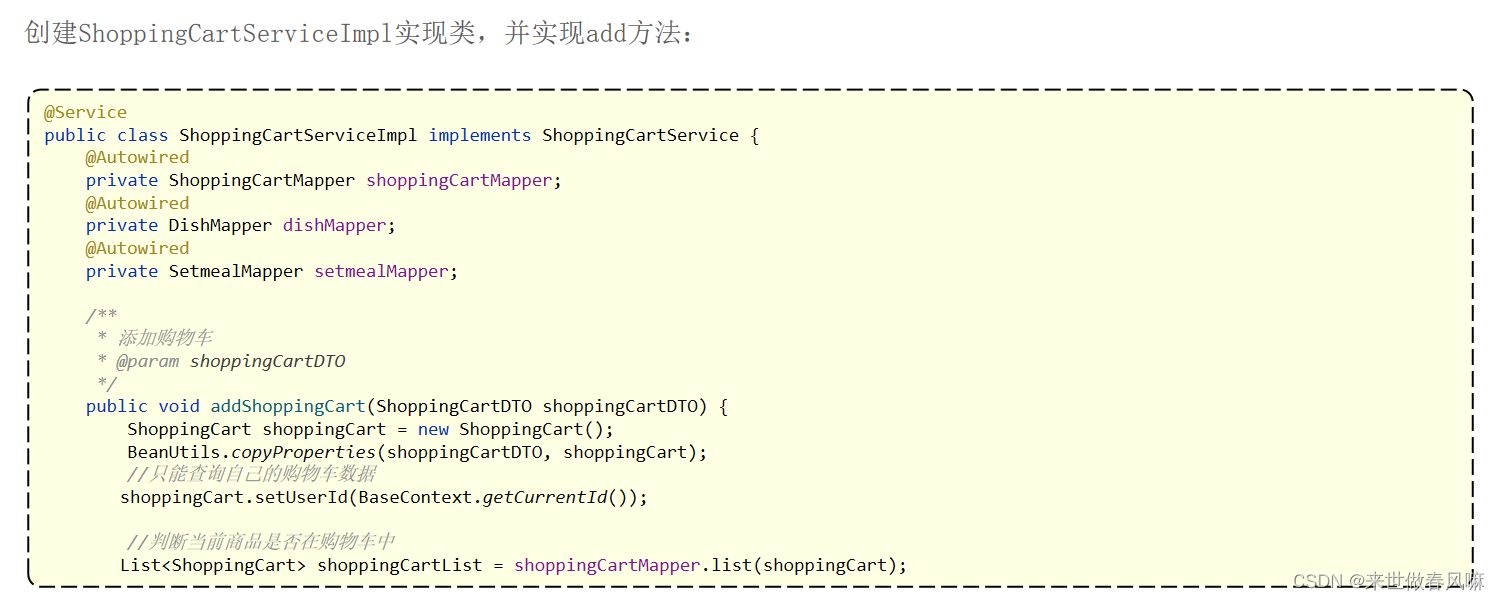
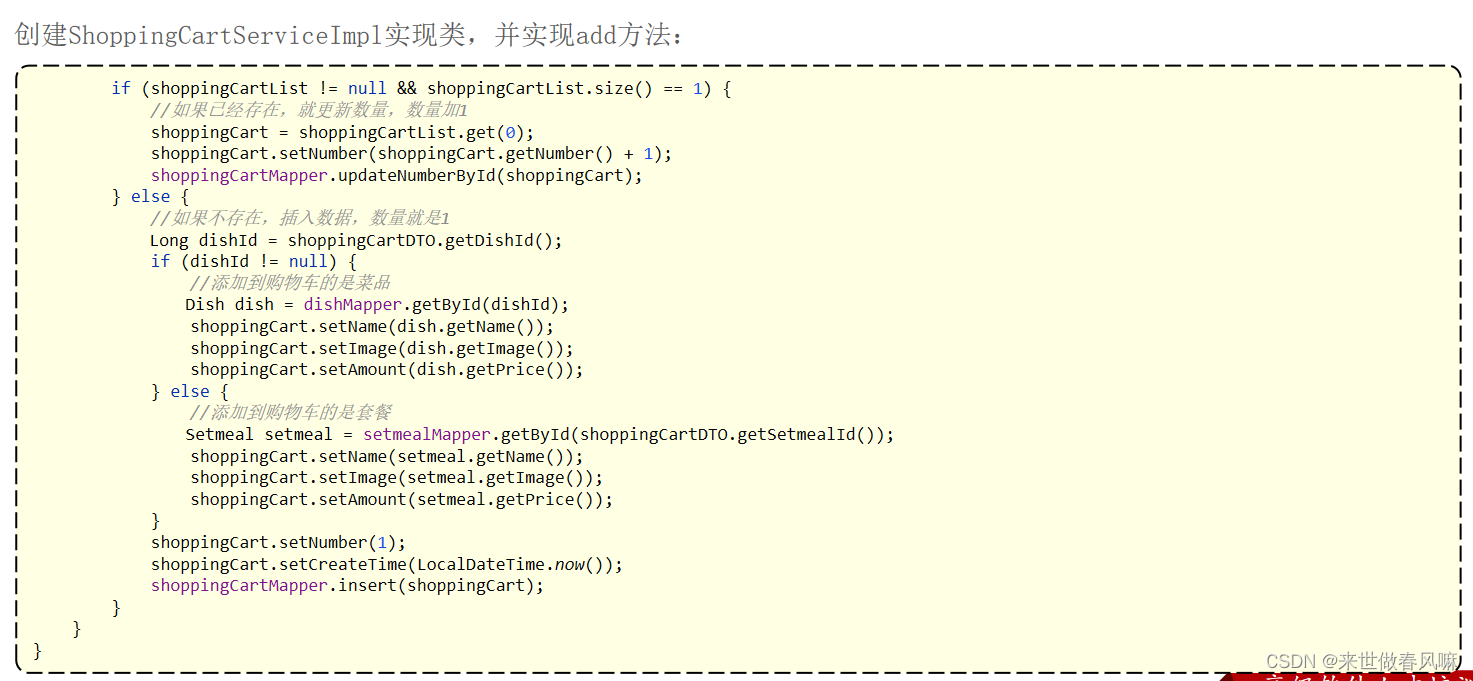
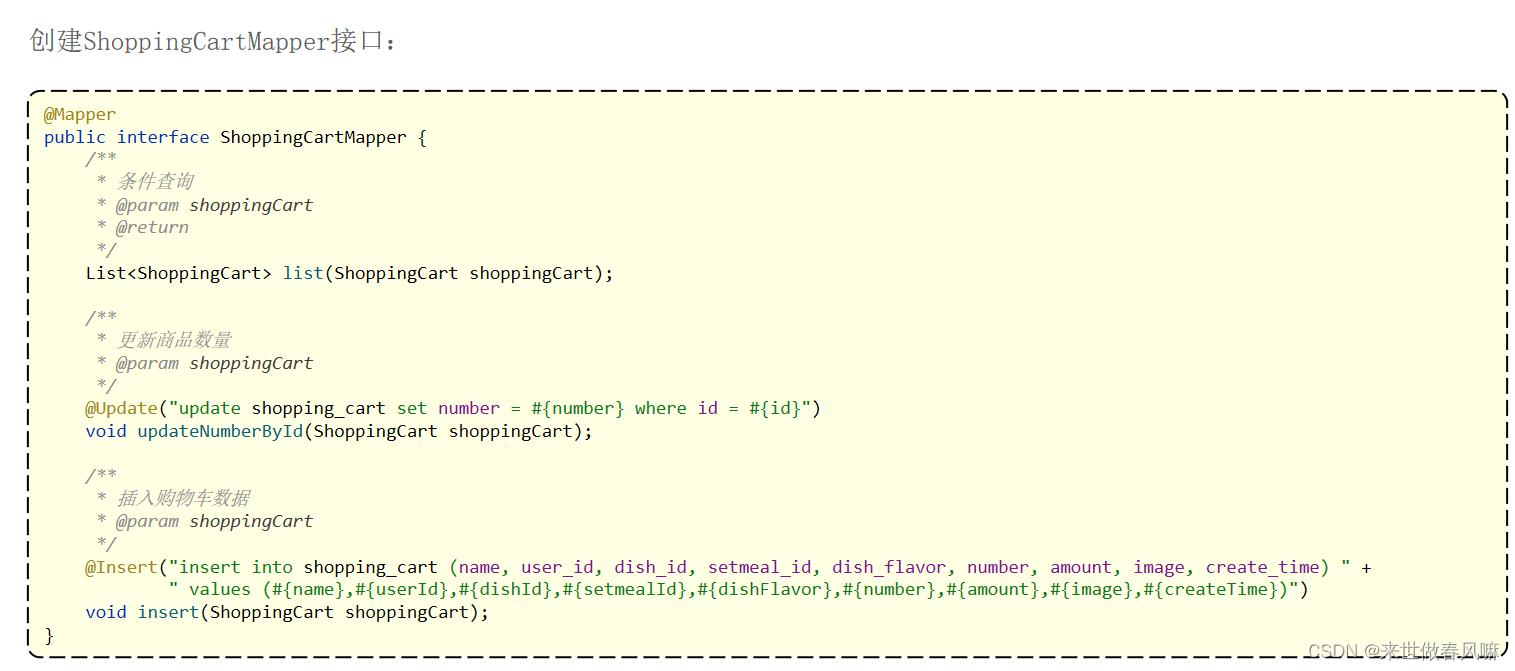
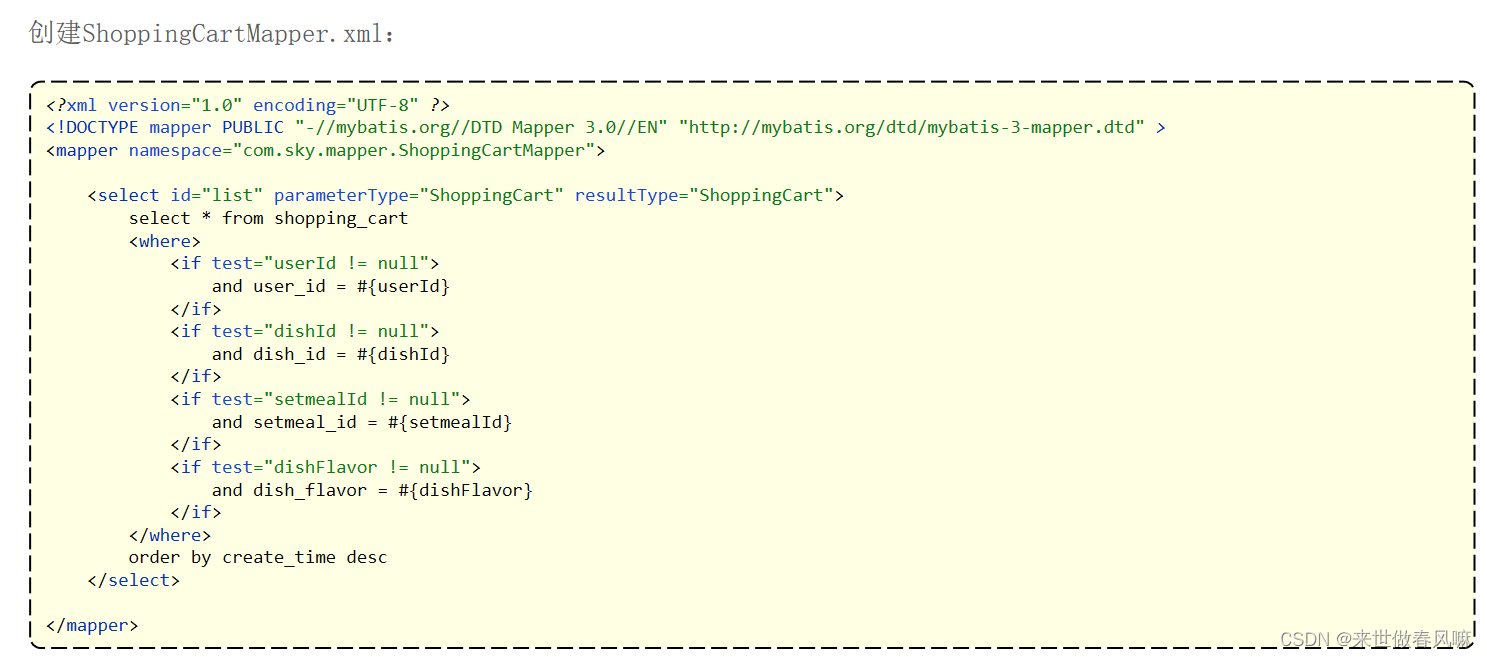
4. 查看购物车
4.1 需求分析和设计
当用户添加完菜品和套餐后,可进入到购物车中,查看购物中的菜品和套餐。
4.2 代码开发



5. 清空购物车
5.1 需求分析和设计
当点击清空按钮时,会把购物车中的数据全部清空。
5.2 代码开发





